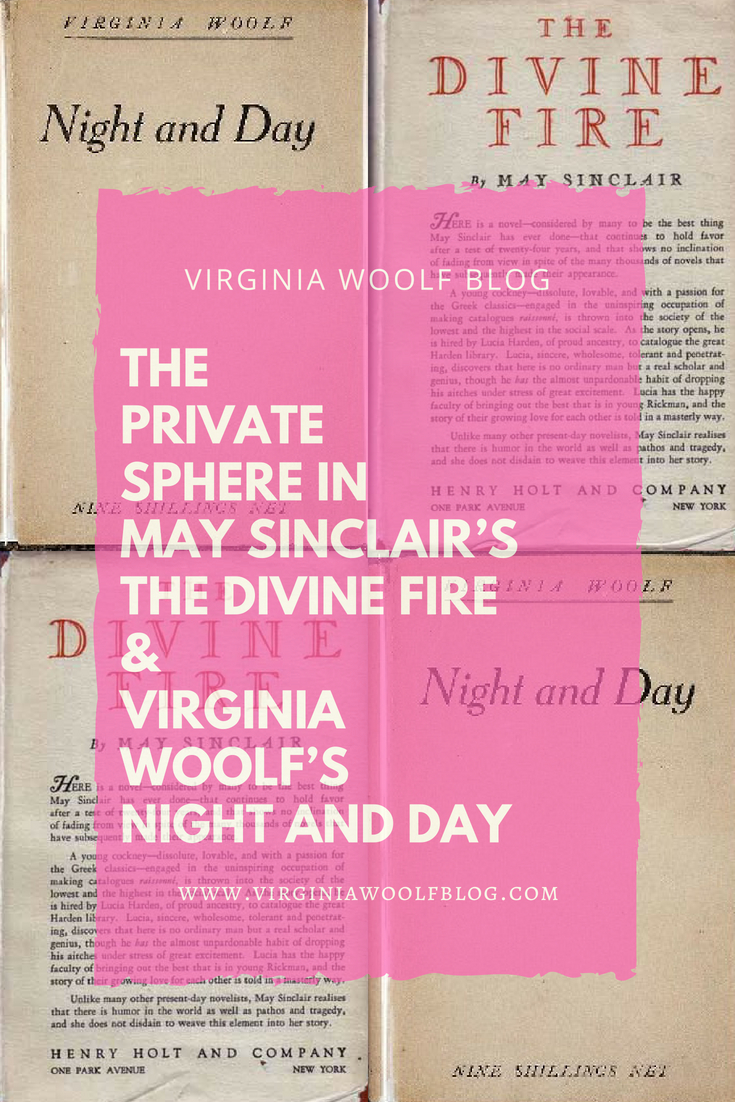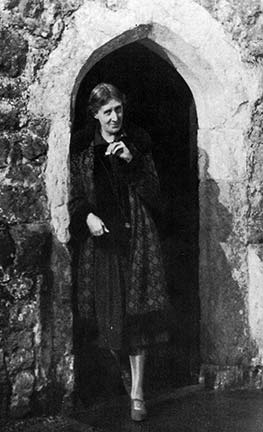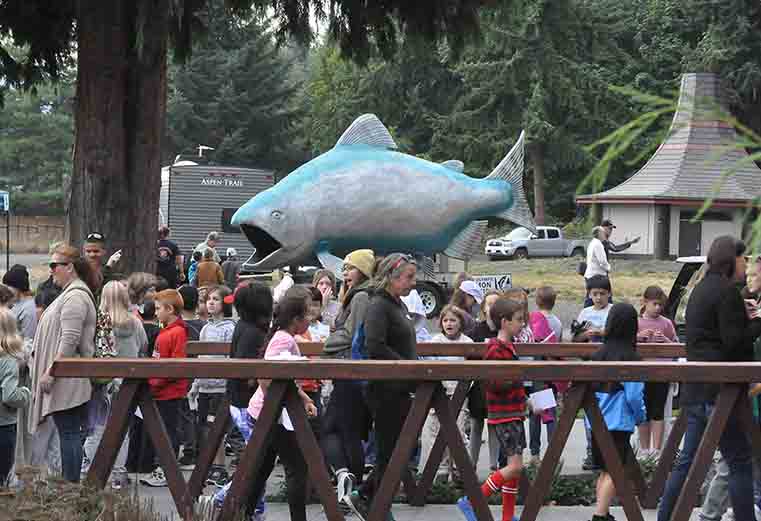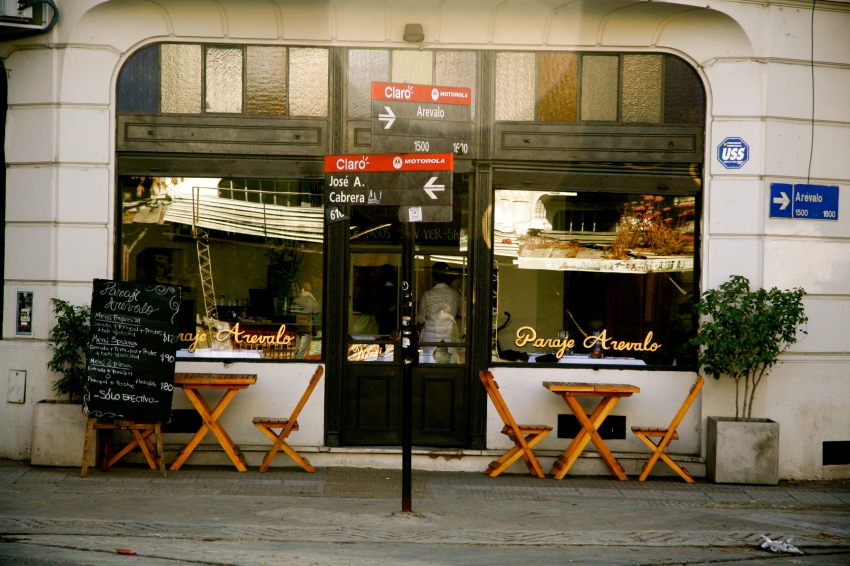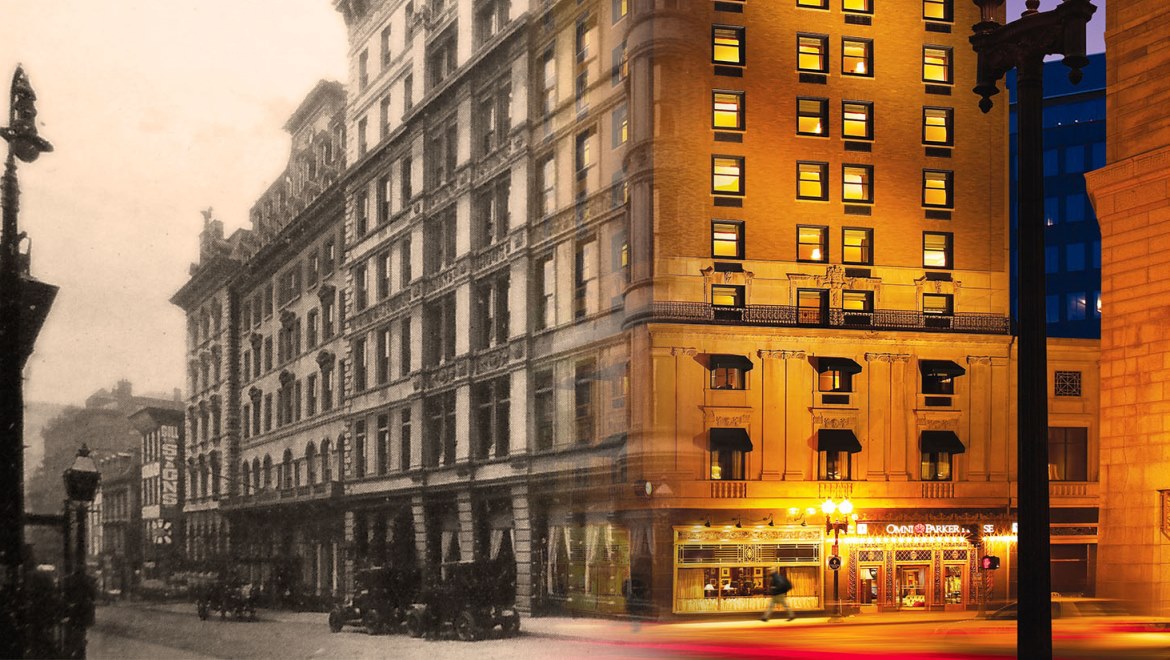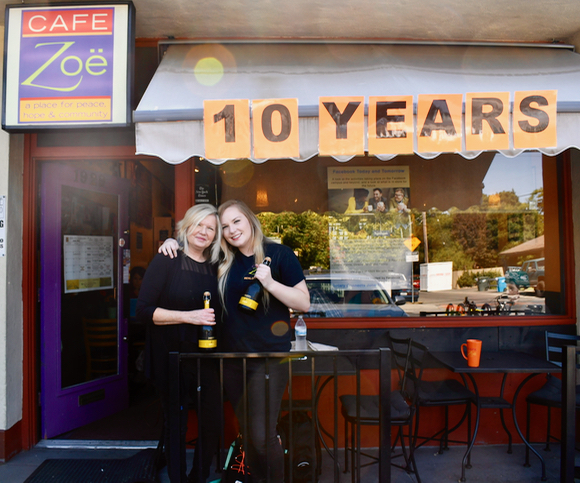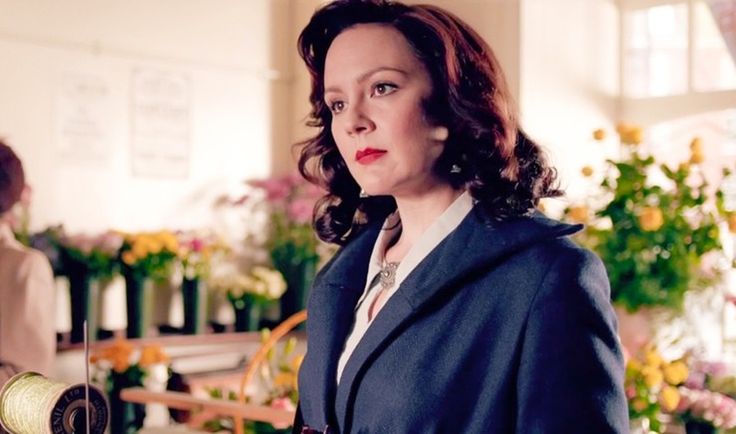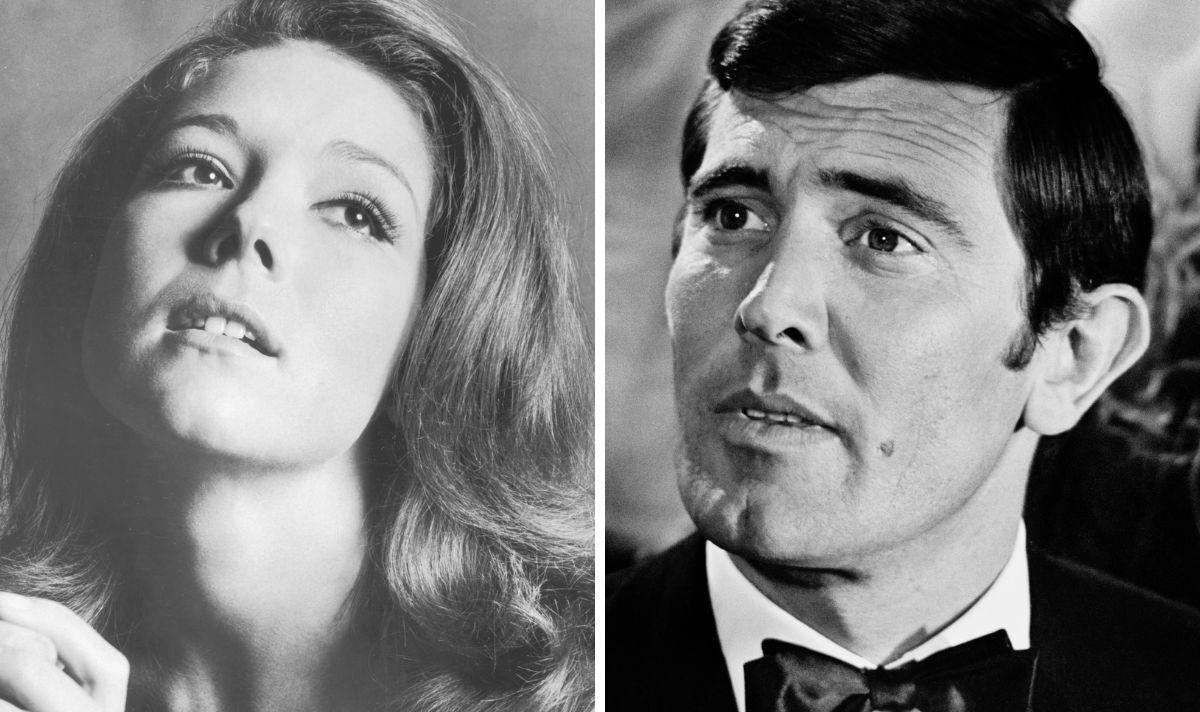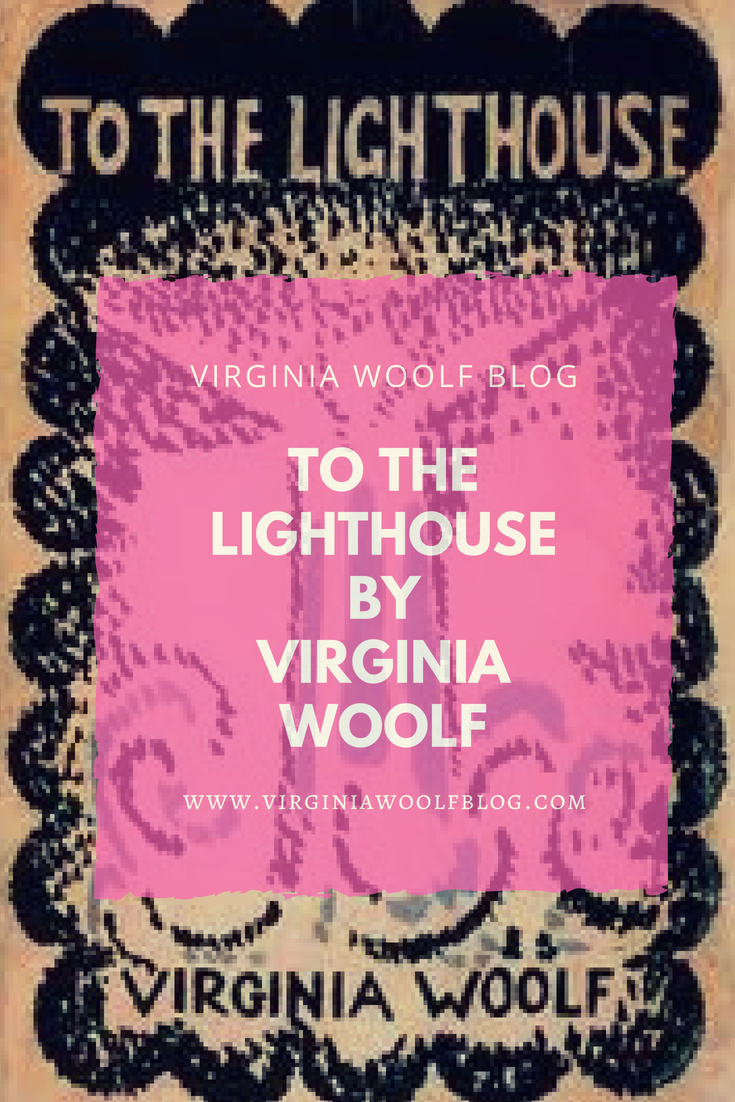
To The Lighthouse, published on May 5, 1927, is one of Virginia Woolf’s best known books and is considered by many critics to be one of the most influential English-language novels of the 20th century.
The novel is a semi-autobiographical work that explores Virginia’s unresolved issues with her deceased parents as well as her obsession with the sea and her usual themes of life, death and loss.
As Virginia explained in her diary in May of 1925, two of the main characters in the novel, Mr. Ramsay and Mrs. Ramsay, were based on her parents, Sir Leslie Stephen and Julia Jackson:
“I’m now all on the strain of desire to stop journalism & get on to To The Lighthouse. This is going to be fairly short: to have father’s character done complete in it; and mother’s; & St. Ives; & childhood; & all the usual things I try to put in – life, death & c. But the centre is father’s character, sitting in a boat, reciting We Perished, Each Alone, while he crushes a dying mackerel – However, I must refrain. I must write out a few little stories first, & let the Lighthouse simmer, adding to it between tea & dinner before it is complete for writing out.”
Virginia worked on the novel for over a year and a half, finally finishing it in January of 1927, after which she summed it up as a “hard, muscular book, which at this age proves that I have something in me. It has not run out and gone flabby, at least such is my feeling before reading it over.”
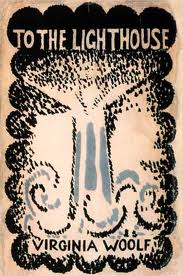
Typically critical of her own work, Virginia was no different with To The Lighthouse. Her feelings about the book fluctuated daily, as can be seen from her diary entries in the spring of 1927 when the book was being prepared for publication:
“Monday 21 March
My brain is ferociously active. I want to have at my books as if I were conscious of the lapse of time., age & death. Dear me, how lovely some parts of To The Lighthouse are! Soft & pliable, & I think deep & never a word wrong for a page at a time. This I feel about the dinner party, & the children in the boat ; but not of Lily on the lawn. That I do not much like. But I like the end.”
Just a few months later, on May 1st, Virginia writes that she is less sure of the book:
“And then I remember how my book is coming out. People will say I am irrelevant – people will say a thousand things. But I think, honestly, I care very little this time – even for the opinion of my friends. I am not sure if it is good. I was disappointed when I read it through the first time. Later I liked it. Anyhow it is the best I can do…”
Virginia’s usual ups and downs plagued her after the book was published as well. Although she was at first encouraged by the high volume of pre-sales for the book, a bad review from The Times Literary Supplement sent her into a state of depression which was then cured after sales for the book soared that spring and summer, outselling all of her previous books.
Friends and family reacted favorably to Virginia’s new novel, declaring it a “masterpiece” and suggesting it was the best novel she had ever written.
Shortly after its publication, Virginia’s sister, Vanessa Bell, sent her a letter gushing about the novel and explaining how much it moved her:
“…Anyhow it seemed to me in the first part of the book you have given a portrait of mother which is more like her to me than anything I could ever have conceived of as possible. It is almost painful to have her so raised from the dead. You have made one feel the extraordinary beauty of her character, which must be the most difficult thing in the world to do. It was like meeting her again with oneself grown up & on equal terms & it seems to me the most astonishing feat of creation to have been able to see her in such a way – You have given Father too I think as clearly, but perhaps I may be wrong, that isn’t quite so difficult. There is more to catch hold of. Still it seems to me to be the only thing about him which ever gave a true idea. So you see as far as portrait painting goes you seem to me to be a supreme artist & it is so shattering to find oneself face to face with those two again that I can hardly consider anything else. In fact for the last two days I have hardly been able to attend to daily life…”
Although Mrs. Dalloway may have made Virginia Woolf a household name, To The Lighthouse cemented her status as a great writer. The novel also brought her both financial and personal freedom after she used her earnings to buy her first car in the summer of 1927.
Despite her achievements and success, Virginia still felt some lingering insecurity about her future but seemed bolstered and encouraged by her accomplishments, confessing to her diary on August 10 of that year:
“Here at the age of 45 are Nessa and I growing our little wings again after our lean years. She may rake in another £500; perhaps more…But my state is precarious. With To The Lighthouse I may have climbed to the top of my hill; or again we may wobble back; my journalism may pall on the Americans; no rich father in law will endow me, but Heavens knows, I have not much anxiety. We are flexible, adventurous still I hope.”
Sources:
“The Diary of Virginia Woolf: Volume Three: 1925-1930;” Virginia Woolf
“Virginia Woolf: A Biography”; Quentin Bell; 1972
University of Alabama in Huntsville: Contemporary Reviews of To The Lighthouse: http://www.uah.edu/woolf/lighthousecontemprev.html
New York Times; Virginia Woolf Explores an English Countryhome; May 8 1927; Louis Kronenberg;
http://www.nytimes.com/books/97/06/08/reviews/woolf-lighthouse.html

